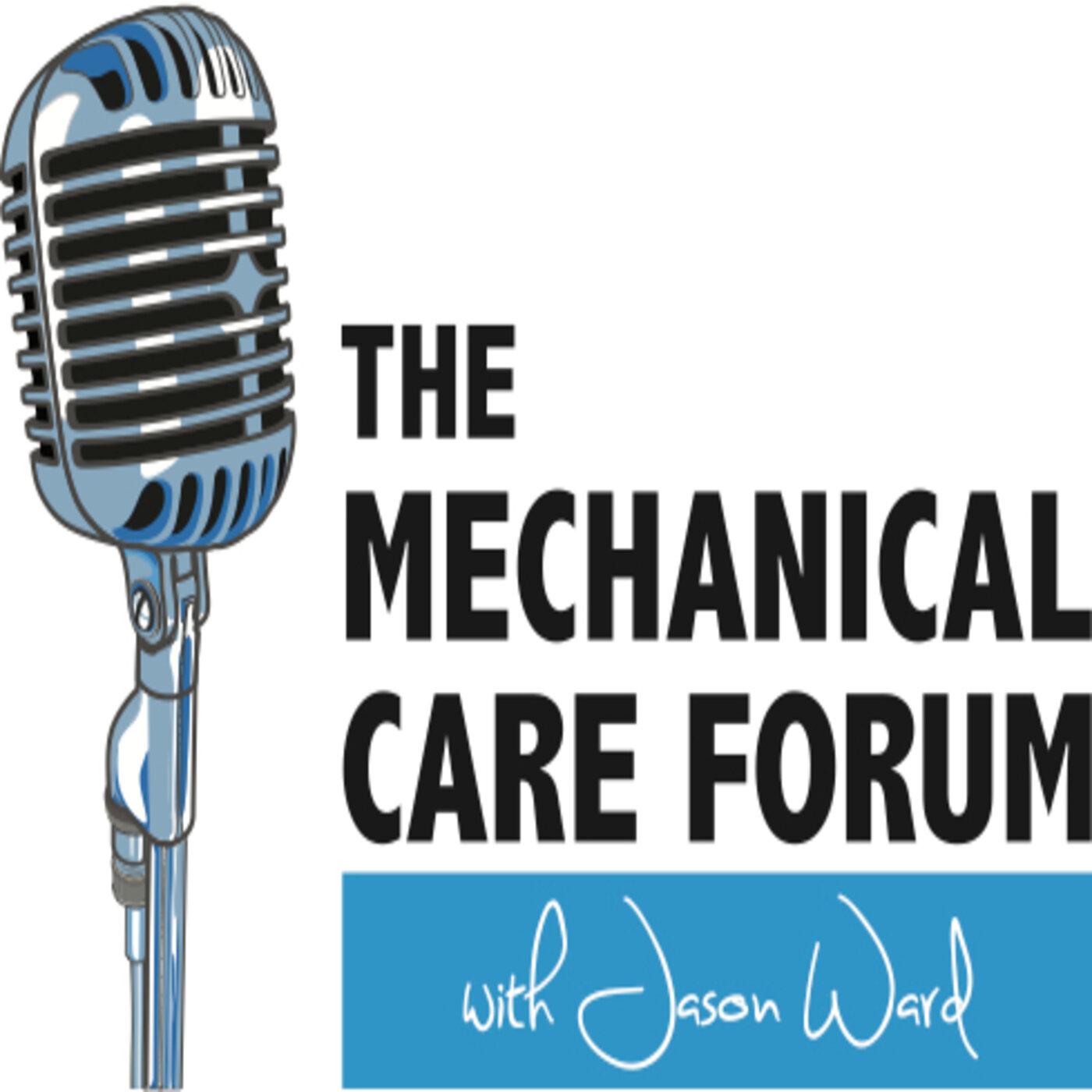In episode 209 I'm joined by Dr. Michael Schneider, a chiropractor, researcher and associate professor at the University of Pittsburgh. We talk about his professional journey, his involvement with the Primary Spine Practitioner certification and what one receives in the program. This week on MCF!
Show Notes
Introduction
Dr. Mike Schneider is an associate professor in the Department of Physical Therapy, University of Pittsburg. He is a chiropractor by training and has over 30 years of private practice under his belt. Since past 2 years he has devoted all of his time into research for neck and back pain.
Professional Background
Graduated in 1982 from Palmer College of Chiropractic, New Jersey. Was in private practice for 10 years and realized the limitations of performing just manipulations, which got him interested in learning about soft tissue mobilization. He studied under Janet Travell and learned some manual soft tissue techniques including transverse friction and instrument assisted techniques and then forayed into global type of muscle techniques including rehabilitative exercise.
After that he learned about the Vladimir Janda, conceptual model of rehabilitation.
Later he moved to Pittsburg and after meeting with Anthony Delitto and Dick Erhard he decided to pursue a PhD in Rehabilitation Science from the University of Pittsburgh and then landed a job at the same university.
Current Work
Is a full time researcher, and involved in understanding back pain which continues to be a costly condition and number one cause of disability. He realizes that the problem starts with the first contact provider and feels that physical therapists and chiropractors are under utilized as first line providers. He is also involved with the Primary spine practitioner (PSP) certification program.
PSP Certification Program
Primary spine practitioner (PSP) certification program came into being after various discussions with leaders in the physical therapy and chiropractic world about the delayed entry of these practitioners in the management of acute low back pain patients. On interaction with multiple primary care physicians, they realized that patients weren’t always referred to physical therapists and/or chiropractors due to the variability in the treatment methods used. To address this deficits, the PSP program was conceptualized at the University of Pittsburgh with the idea of bringing uniformity and credibility to management by physical therapists and chiropractors.
The program has started last year at University of Pittsburgh and has currently 60 students, with equal amount of physical therapists and chiropractors in the class and similar distribution in instructors. The program will have it first graduates this year.
Those enrolled in the program are into private practice and feeding in to the data pool that Mike and his colleagues are collecting to run statistics that will resonate with payers and employers for overall health care quality.
Structure of the PSP Program
Enrollment into the program has many per-requisites including basic knowledge of medical screening and diagnosis of red flags and an understanding of directional preference and skills of manual therapy. It is a 5 weekend program plus online distance learning modules. It has a total of 120 hours (60 hours online training and 60 hours of live training). The goal of the program is to refine the skills of the clinicians and is designed to train physical therapists and chiropractors to be the first-contact provider for patients with spinal problems.
Outline
The program is divided into 5 “units” of instruction, with each unit consisting of two parts: 1) a set of on-line educational modules (8-12 hours) and 2) a weekend skill-building workshop (12 hours).
The first unit is heavy on review of red flags, medical screening and biopsychosocial model; along with basic imaging concepts. Second unit is devoted to lumbar spine; including neurological exam, directional preference, neuro mobilization and manual therapy. It also includes understanding the indications for injections and surgery. Third unit is devoted to cervical spine and covers similar concepts as in lumbar spine unit. The fourth unit is all about psychologically informed practice and review of communication skills.Last unit is all about clinical management and they discuss actual case studies.
Helpful links:
http://www.psp.pitt.edu/overview.html
http://www.shrs.pitt.edu/people/michael-schneider
https://www.ncbi.nlm.nih.gov/myncbi/browse/collection/44164163/?sort=date&direction=descending
We hope to deliver this content to the committed professional who wants to improve his/her care and we hope to do it in a way that is easily accessible, the world over, in today's technological age.
To contribute:
Give a 5-star review on iTunes;
Share EP #209 with a friend; and/or
Connect with us on the Spotify MCF Podcast and MCF Instagram page!
Thanks for your support!

